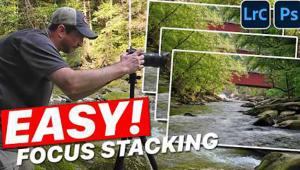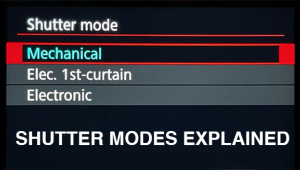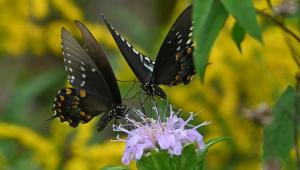How to Choose the Best F/Stop for Every Photo You Shoot (VIDEO)
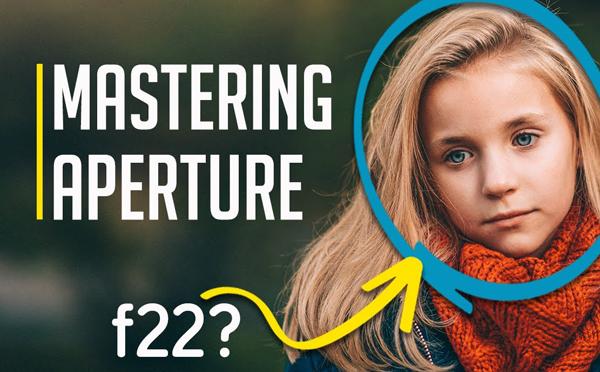
Aperture is a key fundamental of photography, and one component of the Exposure Triangle—along with ISO and shutter speed—that work together to produce properly exposed images. But as you’ll see in the tutorial below, the f/stop you choose also affects photos in other important ways.
This episode from The Photographic Eye, a popular channel dedicated to helping photographers improve their skills, discusses how aperture settings determine the look of an image in aspects beyond exposure. The goal is to help you shoot more compelling photos by knowing the best f/stop to use depending upon the task at hand.
Instructor Alex Kilbee has been a successful pro for many years, and he says, “understanding how to properly employ aperture is one of the keys to growing as a photographer.” In less than 10 minutes he explains what you need to need to know, and he provides photos shot at different apertures to illustrate his advice.

Kilbee begins with a brief primer on how aperture settings work, without bombarding you with confusing numerical explanations. He quickly moves on to the meat of this video; namely the visual ramifications of apertures from wide open to completely stopped down (and everything in between).
As you’ll see, the f/stop you choose not only depends upon prevailing light levels, but also the type of scene involved and the specific look you’re after. Shooting at maximum aperture, for example, enables you to blur the background (or foreground) of a scene by limiting depth of field, thereby making your main subject stand out.
Kilbee also covers the opposite end of the spectrum, namely f/22 beyond, and demonstrates how using small apertures is the way to go when you want to accentuate depth-of-field to maximize the zone of perceived sharpness. You’ll also learn why mid-range apertures like f/4, f/5.6, and f/8 are the best choice for other applications.
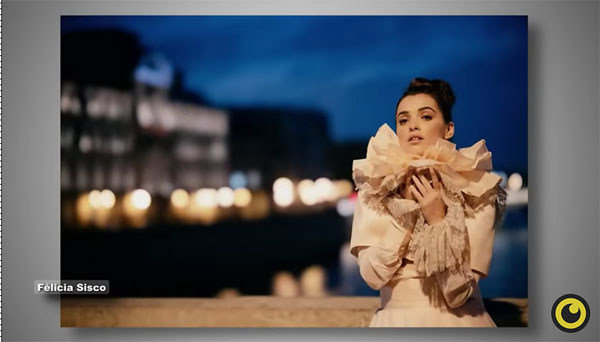
There is a wide variety of helpful advice on Kilbee’s instructional YouTube channel, so be sure and pay a visit.
And check out the tutorial we posted from another expert earlier this month, explaining how to use your camera’s histogram to nail exposure every time..






